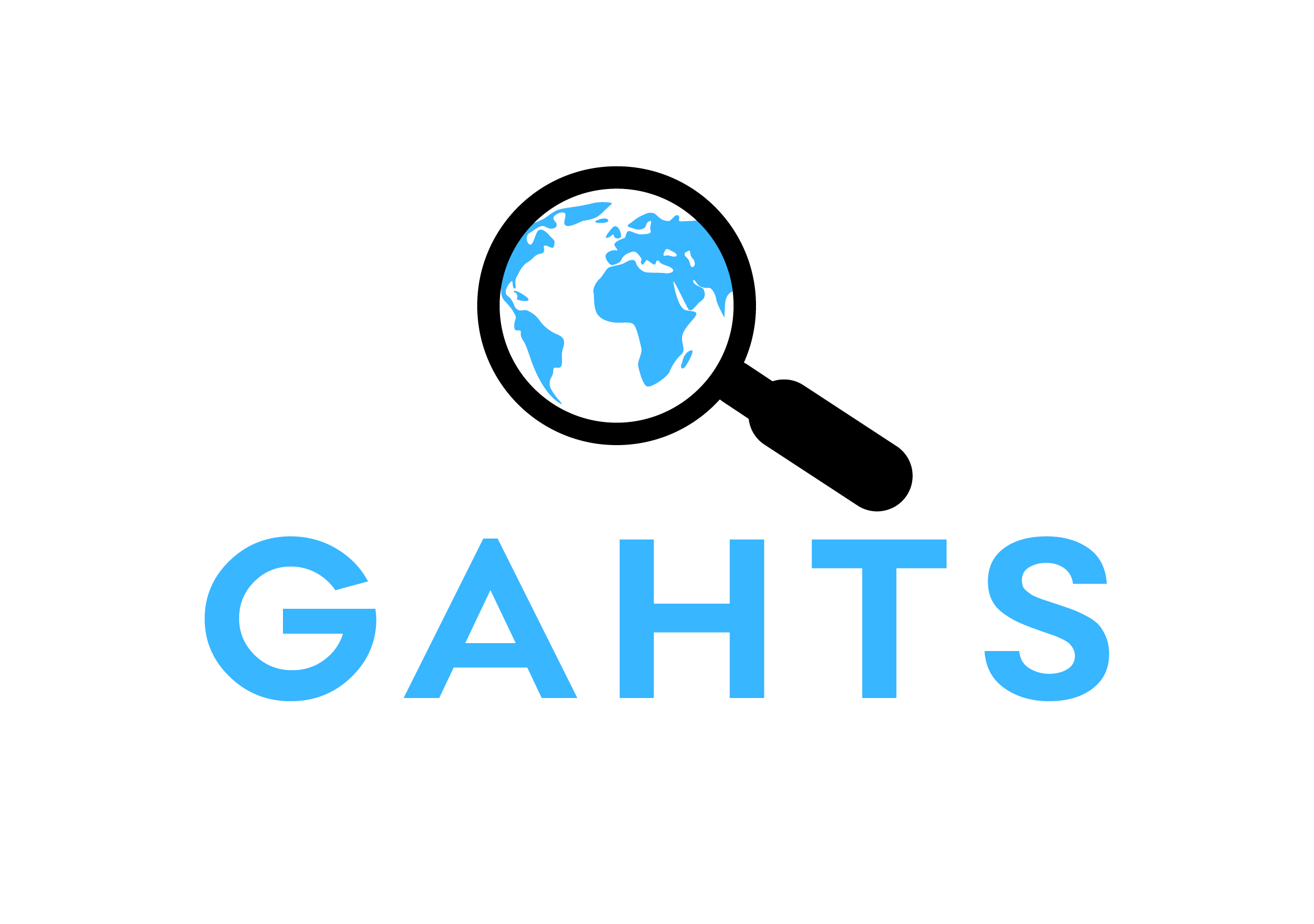Commercial Sexual Exploitation of Children: Indicators and Recommended Inquiries and Responses for Social Workers Get access Arrow
Author: Klein, L. B.; Chesworth, Brittney; Fraga Rizo, Cynthia; Franchino-Olsen, Hannabeth; Croft, Chris; Macy, Rebecca & Martin, Sandra
Abstract: Commercial sexual exploitation of children (CSEC) is a significant social problem in the United States. As defined by the Victims of Trafficking and Violence Protection Act of 2000 (TVPA), sex trafficking includes “the recruitment, harboring, transportation, provision, or obtaining of a person for the purpose of a commercial sex act” (p. 1). Victims under the age of 18 years are not legally able to consent to commercialized sex; therefore, evidence of force, fraud, coercion, or deception is not necessary to establish acts as CSEC (Adelson, 2008). Although we know that CSEC can result in negative physical, psychological, developmental, and social consequences for victims (Greenbaum & Crawford-Jakubiak, 2015), we have no credible statistical estimates of the number of children victimized annually by CSEC even though cases have been identified in all 50 states across many demographic groups (Stransky & Finkelhor, 2008). Schools are key sites for identifying and responding to CSEC victims, because of the amount of time youths spend in school. Moreover, traffickers can use school settings and other students to recruit youths into CSEC (U.S. Department of Education, Office of Safe and Healthy Students [ED, OSHS], 2015). Therefore, it is critical for school social workers (SSWs) to know how to identify and respond to CSEC victims and connect them with resources.
Keywords: commercial sexual exploitation of children, social work, schools, school social workers, United States
